
Bismillaher Rahmanir Rahim.
Assalamu Alaikum Wa Rahmatullahi Wa Barakatuhu
Dear Companions Today I want to share with you some words about the evils of killing foetuses.Welcom to this post and congratulations to all
Lowland submergence, storm surges, and cyclones are significant environmental threats to Bangladesh due to its unique geographical location. As one of the most densely populated and low-lying countries in the world, Bangladesh faces severe risks from rising sea levels, increased frequency of cyclones, and storm surges. The country is situated at the confluence of the Ganges, Brahmaputra, and Meghna rivers, with a coastline along the Bay of Bengal, making it particularly vulnerable to these natural hazards.
To address these challenges, a combination of structural and non-structural strategies must be implemented. These strategies must include effective climate change adaptation, improved disaster preparedness, ecological restoration, and sustainable infrastructure development. This detailed analysis discusses the approaches to avoid or mitigate the impacts of lowland submergence, storm surges, and cyclones in Bangladesh.
- Coastal Protection Measures
a) Embankments and Polders
One of the most immediate solutions for protecting low-lying areas in Bangladesh is the construction and maintenance of embankments and polders. Embankments act as physical barriers that prevent coastal and riverine flooding by blocking storm surges and preventing the intrusion of saline water. Polders, on the other hand, are low-lying tracts of land enclosed by dikes that provide protection against tidal flooding.
Bangladesh has a vast network of embankments and polders, constructed during the 1960s and 1970s, to protect agricultural lands from saline water intrusion and storm surges. However, many of these structures have deteriorated over time due to poor maintenance, resulting in increased vulnerability. Upgrading and modernizing this infrastructure is essential to bolster coastal defenses. This can involve building higher and more robust embankments, using modern construction materials, and incorporating natural defenses like mangroves into the design to enhance long-term resilience.
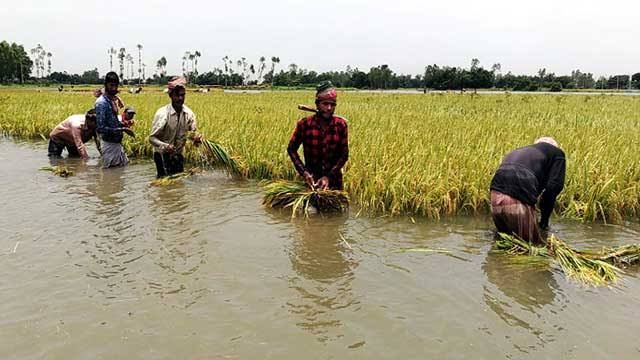
source
b) Tidal River Management (TRM)
Tidal River Management is a sustainable approach that allows tidal waters to naturally deposit sediment in certain areas, raising the land’s elevation over time. By facilitating sediment deposition, TRM helps counteract subsidence (the sinking of land) and reduces the long-term risks of submergence. TRM projects have been implemented in some parts of the southwestern coastal region of Bangladesh, and expanding this approach can help restore and protect vulnerable low-lying areas from rising sea levels.
- Mangrove Restoration and Ecosystem-Based Adaptation
Mangrove forests provide a natural buffer against storm surges and cyclones by reducing the energy of incoming waves and protecting coastal communities. The Sundarbans, the largest mangrove forest in the world, lies in the southern region of Bangladesh and plays a critical role in mitigating the impacts of tropical cyclones and storm surges.
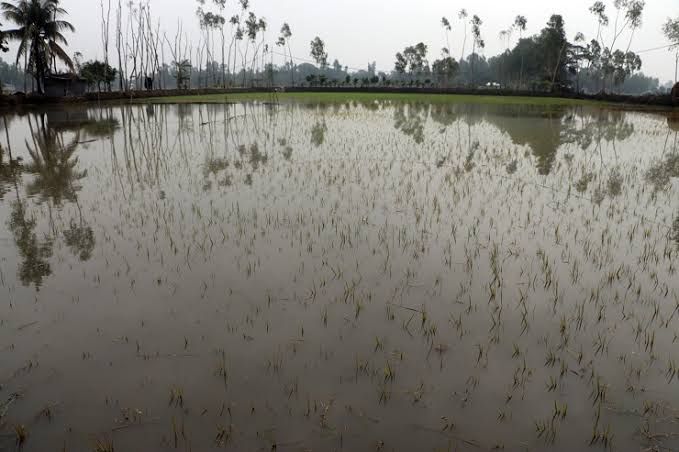
source
However, over the years, deforestation, land conversion for agriculture, and shrimp farming have led to the degradation of mangrove ecosystems. Reforestation and conservation of mangrove forests can significantly enhance coastal resilience. Mangroves not only provide protection against storms but also contribute to biodiversity, carbon sequestration, and livelihood opportunities for local communities. Community-based mangrove restoration projects, coupled with government and international support, can help restore critical ecosystems and protect vulnerable coastal regions.
- Climate-Resilient Infrastructure
As Bangladesh's population continues to grow, the need for climate-resilient infrastructure becomes increasingly urgent. Buildings, roads, and other essential infrastructure must be designed and built to withstand the impacts of flooding, high winds, and storm surges. Incorporating resilient design elements, such as elevated buildings, flood-proofing measures, and the use of materials that can withstand high winds, can significantly reduce vulnerability to cyclones and storm surges.
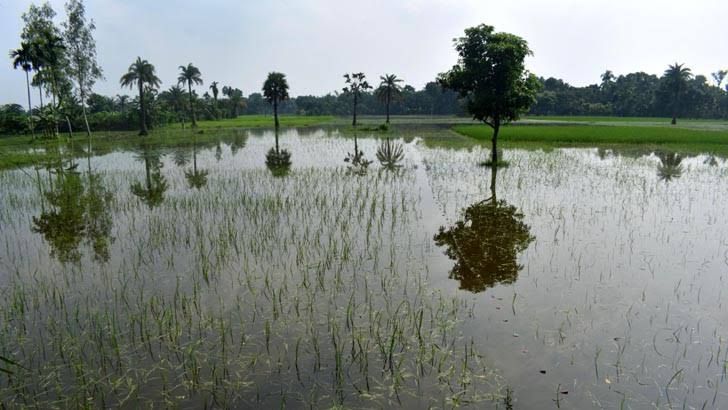
source
a) Cyclone Shelters and Early Warning Systems
Bangladesh has made considerable progress in reducing the death toll from cyclones through the construction of cyclone shelters and the implementation of early warning systems. Cyclone shelters are designed to provide safe refuge for coastal communities during storms. Expanding the network of shelters and ensuring they are accessible to all, particularly the elderly, disabled, and children, is essential.
In addition to shelters, early warning systems have proven effective in evacuating people ahead of storms. However, there is a need for continuous improvement in forecasting accuracy, timely communication, and ensuring that warnings reach the most vulnerable populations, including those in remote areas. Mobile technology, community-based awareness programs, and training can further enhance the effectiveness of these systems.
- Sustainable Water Management
Water management is a critical issue in Bangladesh, where rising sea levels are causing increased salinization of freshwater sources. Saline intrusion from the sea not only impacts drinking water supplies but also affects agriculture, the main livelihood for much of the population. To mitigate this, several strategies can be employed:
a) Salinity-Resistant Crops
Developing and promoting salt-tolerant crop varieties can help ensure food security in regions affected by saline water intrusion. Agricultural research institutions in Bangladesh have made progress in breeding rice varieties that can withstand higher salinity levels, but further innovation and widespread adoption of these crops are needed.
b) Rainwater Harvesting
Rainwater harvesting is an effective way to supplement freshwater supplies, especially in coastal regions where groundwater may be contaminated by salinity. By collecting and storing rainwater during the monsoon season, communities can have a sustainable source of fresh water for both drinking and agricultural purposes.
- International Cooperation and Climate Finance
Given the global nature of climate change, international cooperation is crucial for helping Bangladesh avoid the worst impacts of lowland submergence and extreme weather events. Bangladesh is a major advocate for climate finance and has been vocal in calling for international support to help vulnerable countries cope with climate change.
a) Green Climate Fund and Adaptation Projects
Bangladesh can tap into global funds like the Green Climate Fund (GCF) to finance large-scale adaptation projects, such as the construction of resilient infrastructure, ecosystem restoration, and the development of early warning systems. International donors and development agencies have a key role to play in providing the financial resources and technical expertise necessary to implement climate adaptation strategies.
b) Cross-Border River Management
Given that many of the rivers flowing into Bangladesh originate in neighboring countries, such as India, cross-border cooperation on river management is essential to prevent flooding and manage water resources effectively. Regional agreements on water-sharing, sediment management, and flood control can help reduce the risks associated with both riverine and coastal flooding.
- Community-Based Adaptation and Livelihood Diversification
Engaging local communities in climate adaptation efforts is critical for the long-term success of any intervention. Bangladesh has a rich tradition of community-based disaster preparedness, where local knowledge and capacity-building efforts have empowered people to respond effectively to climate threats.
Diversifying livelihoods is another important strategy for building resilience. Many coastal communities rely heavily on agriculture and fishing, both of which are highly vulnerable to climate impacts. Supporting alternative livelihoods, such as aquaculture, eco-tourism, and handicrafts, can reduce economic dependence on climate-sensitive sectors and provide a safety net for affected populations.
source
Addressing the challenges of lowland submergence, storm surges, and cyclones in Bangladesh requires a comprehensive and multi-faceted approach. Structural measures such as embankments, resilient infrastructure, and cyclone shelters must be complemented by ecosystem-based solutions like mangrove restoration and sustainable water management. In addition, international cooperation, climate finance, and community-based adaptation are essential for ensuring the long-term resilience of Bangladesh's coastal regions. By integrating these strategies, Bangladesh can reduce its vulnerability to climate change and protect its people and ecosystems from the growing threat of environmental hazards.
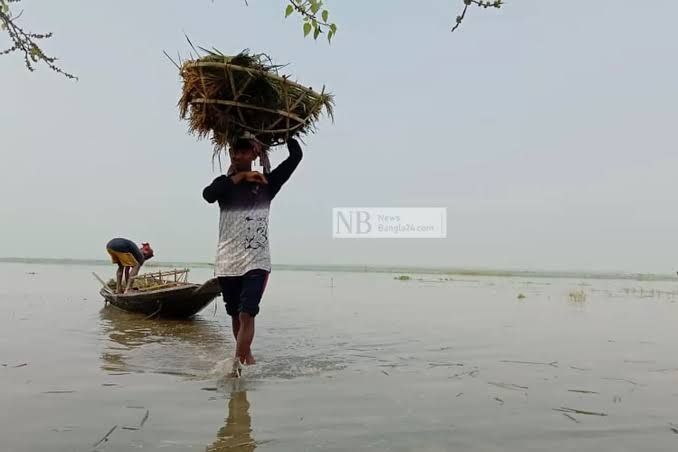
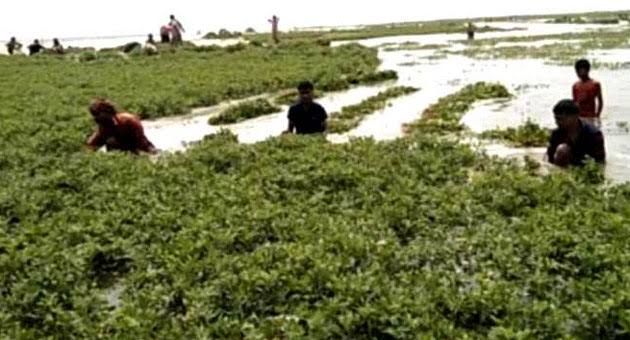
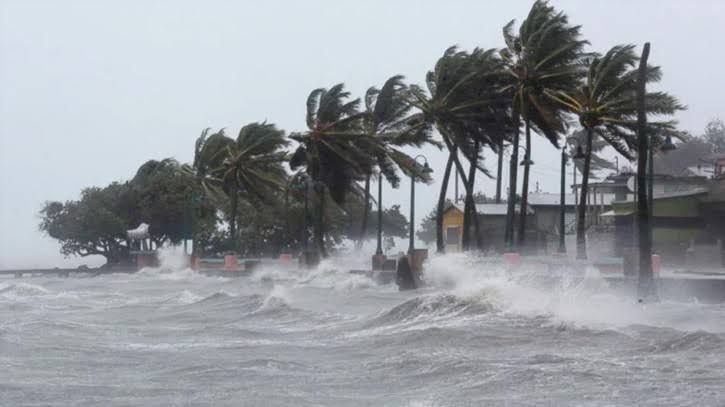
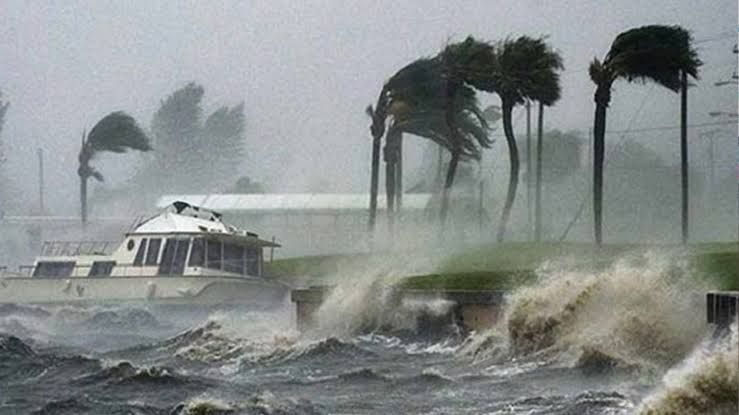
Telegram and Whatsapp